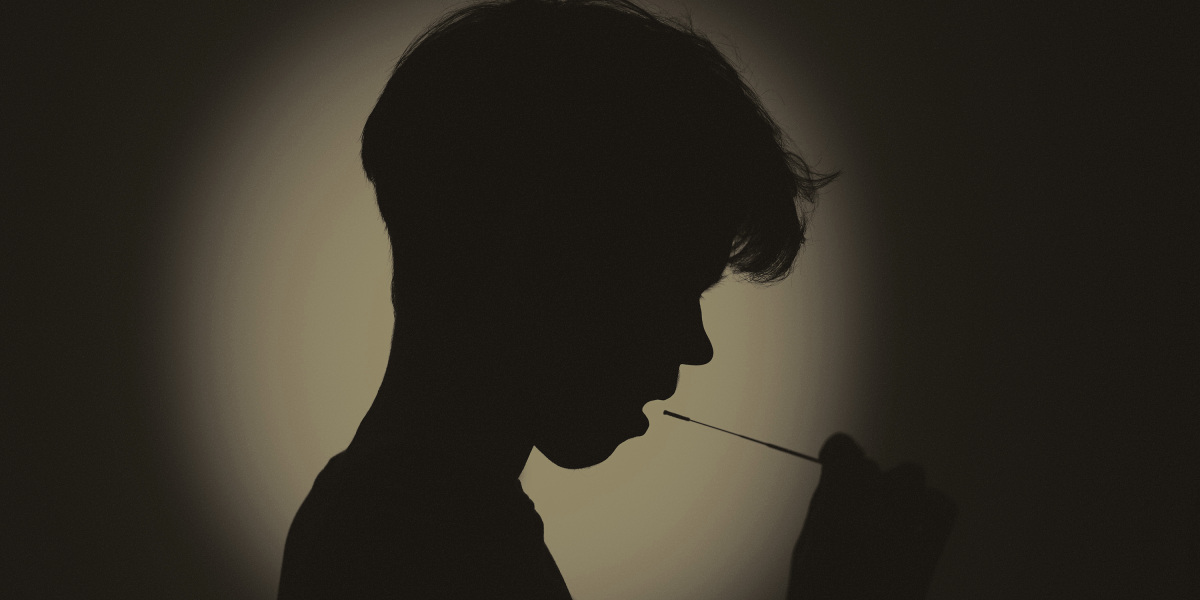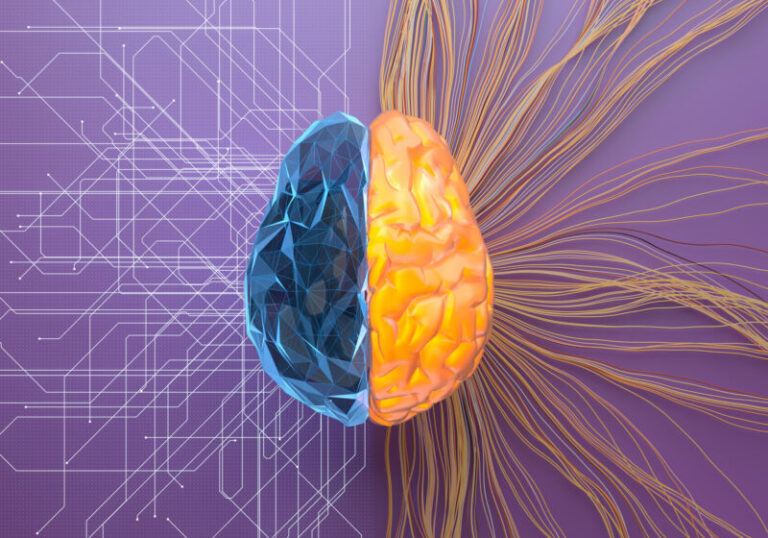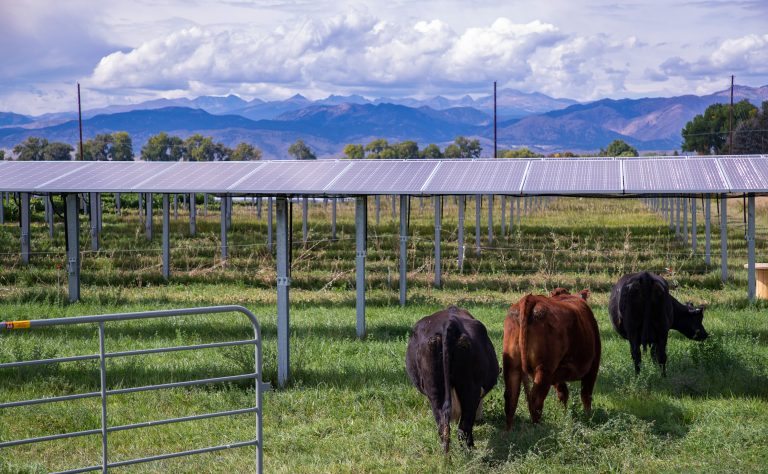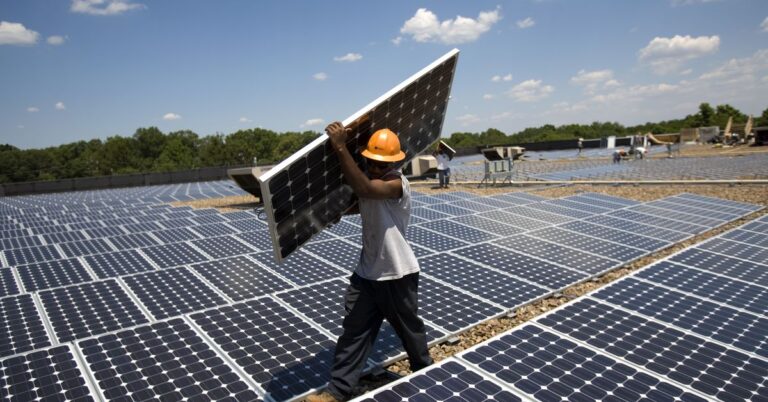
When it comes to covid, kids have largely been spared. They can get infected and spread the virus, but they have little risk of becoming seriously ill or dying. Yet, just like adults, they can have symptoms that persist well beyond the initial infection. This condition, officially known as post-acute sequelae of SARS-CoV-2 infection (PASC), is often referred to as “long” covid.
It needs to be taken seriously, says Alok Patel, a pediatrician at Lucile Packard Children’s Hospital Stanford. “Even though even though covid itself—the acute infection—presented less severe in children, long covid is very debilitating, isolating and scary for families.”
Why are we talking about this now?
Vaccination is changing the demographics of the pandemic. As more adults get vaccinated, kids and young adults represent a growing proportion of cases. The absolute number of cases among children is still lower than it was at the height of the pandemic, but the infection rates in children have not fallen as fast as they have in adults.
That makes sense. With the virus still circulating, “it’s going to hit the people that are most vulnerable, which are the people that haven’t been vaccinated,” Sean O’Leary, vice chair of the AAP’s Committee on Infectious Diseases told NPR. Kids under 12 aren’t yet eligible for vaccination, and younger people who can get the shot have some of the lowest vaccination rates in the United States. “There has been a lot of focus on these post-covid symptoms in adults,” says Patel. But “we haven’t had the type of robust data we really need in the pediatric population.” That’s slowly starting to change.
How common is long covid in kids?
That’s the problem—we just don’t know. “There’s just a dearth of good, peer-reviewed published medical literature on this topic,” says Alicia Johnston, an infectious disease specialist and head of the new post-covid clinic at Boston Children’s Hospital. And the handful of studies that do exist report wildly different rates.
For example, researchers in Italy surveyed caregivers of 109 kids who had been infected and found that 42% of the children had at least one symptom two months after their diagnosis. Four months out, the number dropped to 27%.





